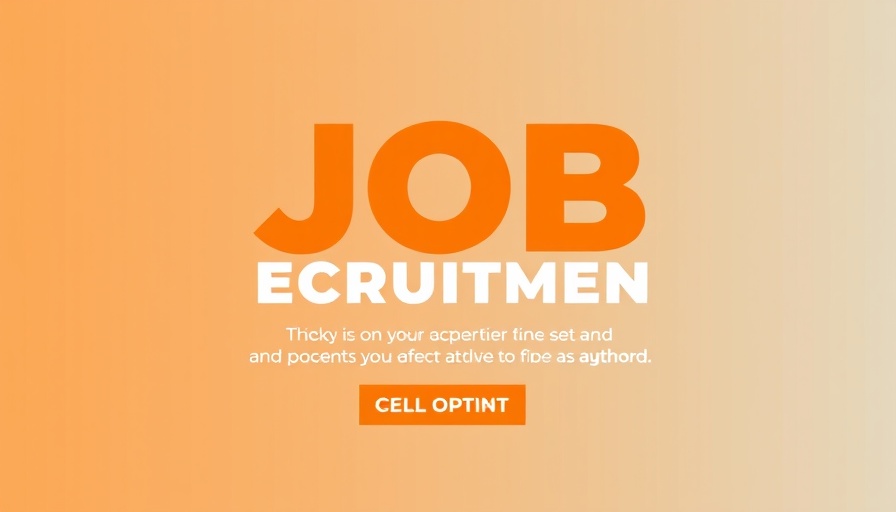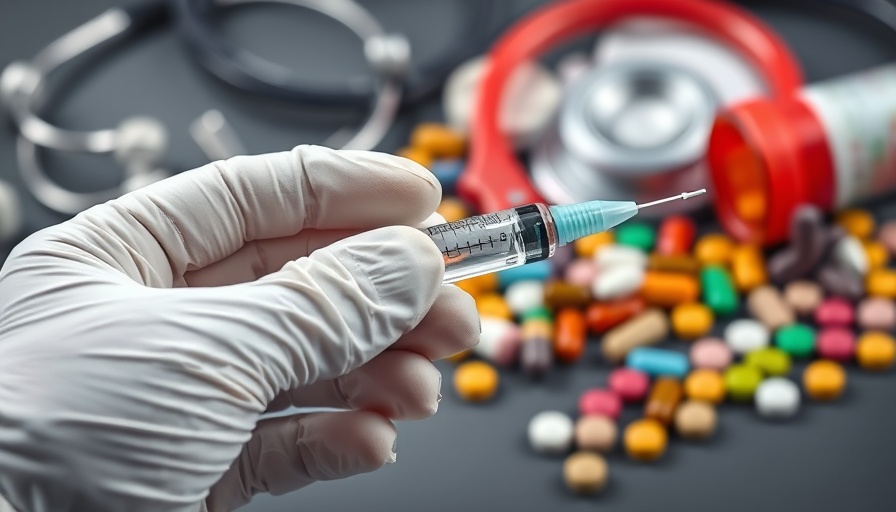
Harnessing Sensor Data to Revolutionize Type 2 Diabetes Care
In today’s rapidly advancing healthcare landscape, the role of data can no longer be underestimated. Just like an investment banker wouldn't close deals without a thorough market analysis, we should not approach healthcare without leveraging the rich data available from sensor-based technologies. This is particularly crucial for the 36 million Americans living with type 2 diabetes (T2D), who often grapple with a complicated web of associated health issues, including cardiovascular disease, obesity, and kidney complications.
The Potential of Continuous Data Collection
Continuous glucose monitors (CGMs) and wearables are essential tools that can provide real-time insights into various health metrics related to T2D. These technologies have the power to not only streamline treatment protocols but also improve outcomes by allowing healthcare providers to make informed decisions. Unfortunately, despite the existence of these innovative devices, their full potential remains largely untapped in clinical practices. Often considered supplementary rather than essential, sensor data is not systematically integrated into electronic health records (EHRs), which hinders its utility in forming cohesive patient care plans.
Bridging the Gap: Integration and Utilization are Key
Deep integration of patient-generated health data (PGHD) from DHTs into clinical settings is essential. As highlighted by Angie Kalousek-Ebrahimi, senior director of Lifestyle Medicine at Blue Shield of California, these technologies have the potential to empower patients and improve engagement. However, without frameworks that ensure this data informs treatment and policy, society risks missing out on substantial cost savings and enhanced care.
Understanding Treatment Complexities in T2D
The landscape of diabetes treatment is maturing rapidly, with medications like GLP-1 receptor agonists entering the market, backed by extensive marketing. However, determining the right candidates for such treatments is essential yet currently inadequate due to a lack of personalized data. Without evidence collected through CGM data, providers may struggle to prescribe the most suitable medications, leading to potential overspending and ineffective treatment strategies.
Future Trends: The Shift Towards Integrated Care
The use of sensor data in T2D management is not only beneficial for individual patient care but also holds implications for overarching healthcare strategies. A shift towards integrating sensor data could pave the way for a value-based care model, emphasizing outcomes rather than service volume. With rising healthcare costs reaching over $400 billion annually, optimizing treatment strategies through data-driven approaches could substantially alleviate some of this burden.
What Patients and Providers Need to Know
Understanding how to utilize CGMs and other wearable technologies can significantly impact patient engagement and treatment success. According to recent insights, aiming to document glucose levels more than 70% of the time enhances the learning from generated data. Regular assessments integrating these insights into clinical decision-making could lead to improved glycemic control and reduced healthcare costs.
A Call for Collaboration and Innovation
As stakeholders across the healthcare spectrum—from pharmaceutical companies to policy-makers—begin to recognize the value of sensor data, collaborations are essential. Initiatives like DiMe’s Integrated Evidence Plans are paving the way for actionable recommendations that can promote the adoption of DHTs and drive improvements in T2D care outcomes.
Embracing sensor data not only empowers patients but also enhances the potential for healthcare systems to provide more tailored and effective treatment plans. For those involved in the T2D care continuum, it's time to bridge the gap between available technology and its practical application in clinical settings. Let's unlock the potential of sensor data to improve health outcomes for millions of Americans.
 Add Row
Add Row  Add
Add 




Write A Comment